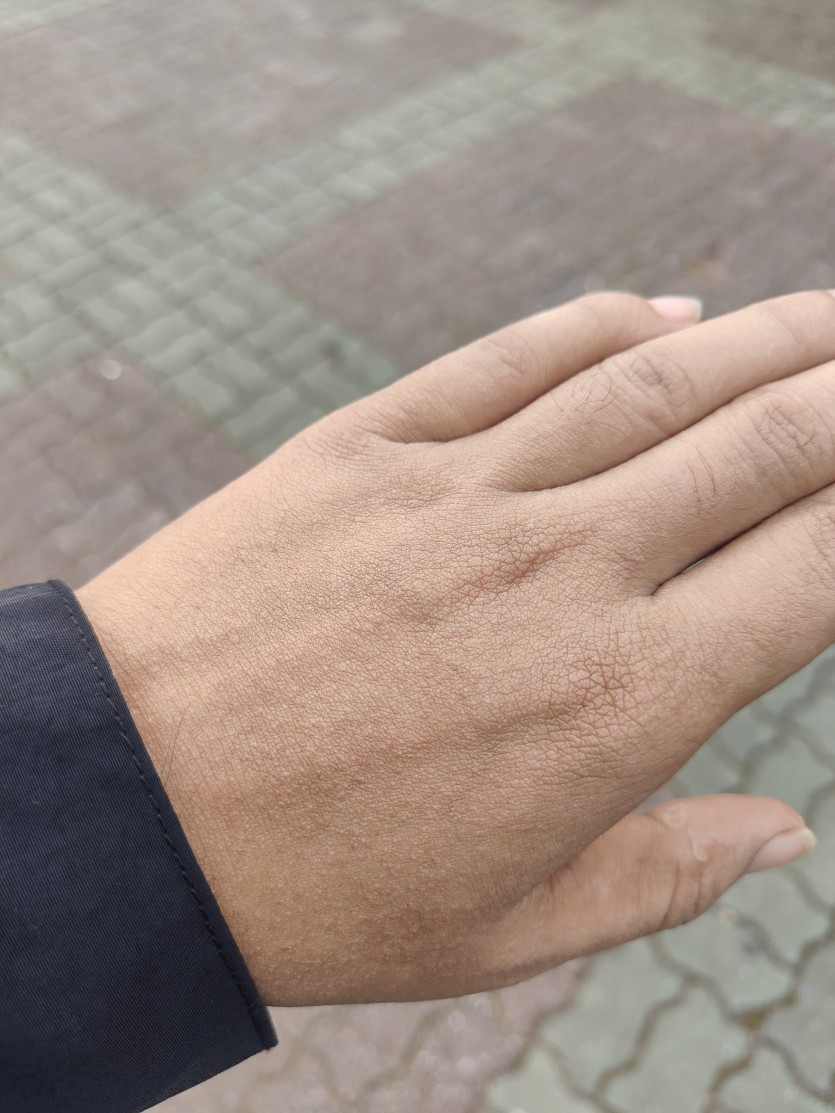My Climate Shock: A Bangladeshi’s Early Days in South Korea
페이지 정보

본문
Hello everyone. Back in my home country of Bangladesh, we traditionally had six distinct seasons, each lasting about two months. However, due to the growing impact of global warming, these have merged into just four: summer, monsoon, autumn, and winter. Winter typically lasts from December to February, with temperatures ranging from 10°C to 25°C. In the northern regions, it can occasionally drop as low as 6°C or 7°C, though that is quite rare.
In September 2024, I arrived in South Korea to begin my graduate studies in Communication. Initially, I felt prepared for the cultural and environmental changes ahead. However, I hadn’t anticipated just how personally the climate here would affect me. In just five weeks, I’ve noticed the weather changing faster than I imagined; it has already dropped to 10 degrees late at night, and its only October 10th.
Two days ago, I felt an unusual sensation: a light tickling on both of my hands. Initially, I didn’t think much of it, assuming it was just my body adjusting to my new gym routine. I chalked it up to dry skin, something I’ve rarely had to deal with. But gradually, it worsened. The skin on my hands became rough, visibly dry, and sometimes even painful. This was something I had never experienced back home in Bangladesh. This sudden change left me puzzled, as I wondered how my body was reacting so quickly to this new environment.
While it might not seem like a serious issue compared to other climate-related crises, for me, it was a personal experience—a small but clear reminder of how changes in weather can affect everyday life in unexpected ways. Therefore, I decided to visit the Campus Life Medical Center for a consultation. The medical officer diagnosed it as weather-related dryness, aggravated by the cold, dry air. They advised me to use hand cream three to four times a day, in addition to the body lotion I had already been using, though it hadn’t been helping much. They also recommended wearing warmer clothing and prescribed a mild medication to soothe the irritation.
Looking beyond my personal experience, it’s clear that South Korea has been proactive in climate change mitigation, with both government initiatives and individual efforts aimed at reducing carbon emissions, using renewable energy, and preserving natural resources. Local communities, including expat groups, are actively involved in tree planting, recycling programs, and campaigns to reduce plastic waste. However, it's equally important for us to prepare ourselves to adapt to the changes already unfolding in the environment.
Hopefully, my hand will heal quickly. This small experience serves as a reminder of how proactively I need to prepare for the upcoming cold months, when the weather might drop to minus 20 degrees. I must also adapt to and mitigate the effects of the global climate crisis, no matter where we come from or where we live.
- PrevChilling Choices: How Winter Jacket Materials Affect Comfort and Health in South Korea 24.10.14
- NextFrom Forests to Oceans: How South Korea is Tackling Climate Change 24.10.06
댓글목록
There are no registered comments.

